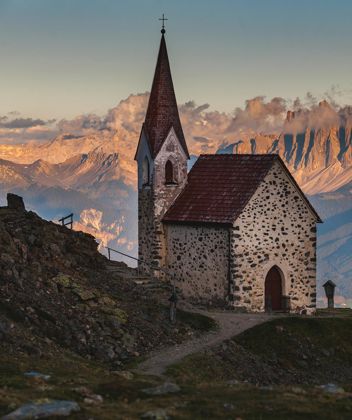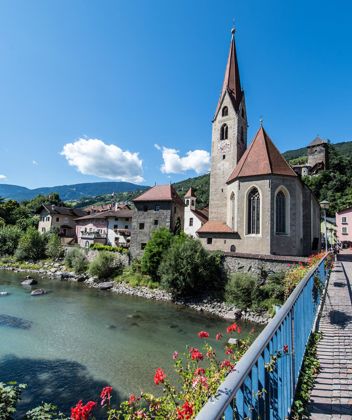Significant
Klausen City Museum
From the famous Treasure of Loreto to the always changing special exhibits: Here a unique collection of art and centrepieces!
The art collection of the Museum of Klausen/Chiusa is located in the former Capuchin monastery. The entire first floor of the museum is dedicated to the famous Treasure of Loreto that forms the most important part of the museum. The Treasure of Loreto goes back to an endowment around 1700 by Queen Maria Anna of Spain (1667-1740) in response to a request by her confessor, Father Gabriel Pontifeser. At his request, the Queen had the Capuchin monastery built in Klausen and stocked with valuable gifts. Its name “Treasure of Loreto” owes the collection to the circumstance that it was originally kept in the Loreto Chapel. The Treasure’s paraments (altar cloths), religious objects, paintings and other pieces of art mostly come from the workshops of Spanish and Italian artists of the 16th and 17th century. One of the showpieces of the collection is the field altar of King Charles II.
The art collection of the Museum of Klausen/Chiusa is located in the former Capuchin monastery. The entire first floor of the museum is dedicated to the famous Treasure of Loreto that forms the most important part of the museum. The Treasure of Loreto goes back to an endowment around 1700 by Queen Maria Anna of Spain (1667-1740) in response to a request by her confessor, Father Gabriel Pontifeser. At his request, the Queen had the Capuchin monastery built in Klausen and stocked with valuable gifts. Its name “Treasure of Loreto” owes the collection to the circumstance that it was originally kept in the Loreto Chapel. The Treasure’s paraments (altar cloths), religious objects, paintings and other pieces of art mostly come from the workshops of Spanish and Italian artists of the 16th and 17th century. One of the showpieces of the collection is the field altar of King Charles II.


![Stadtmuseum_Koni-Studios[4]](/media/e5c23fa3-0b00-40e3-b17c-81f2006e0f62/414_x_500/20250123161333/Stadtmuseum_Koni-Studios[4].jpg)



![Stadtmuseum_Koni-Studios[2]](/media/de40c3bf-5be0-49ab-a4d1-2d3e0dbab6c4/536_x_500/20250123161326/Stadtmuseum_Koni-Studios[2].jpg)

![Stadtmuseum_Koni-Studios[5]](/media/c497ce35-1673-4398-839a-a59377171787/444_x_350/20250123161947/Stadtmuseum_Koni-Studios[5].jpg)
















